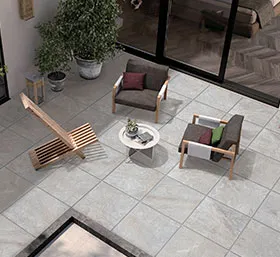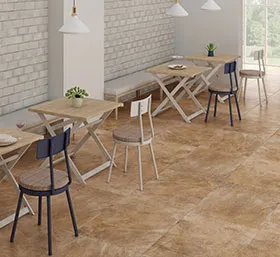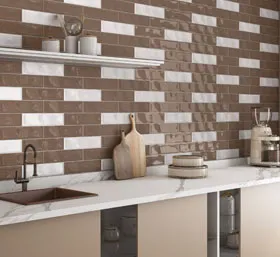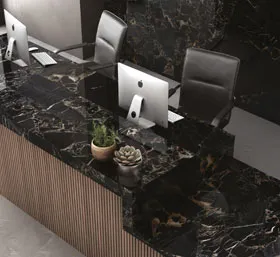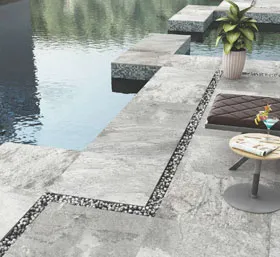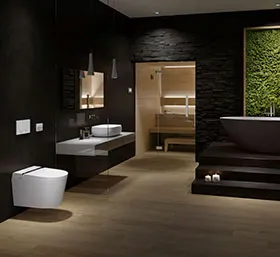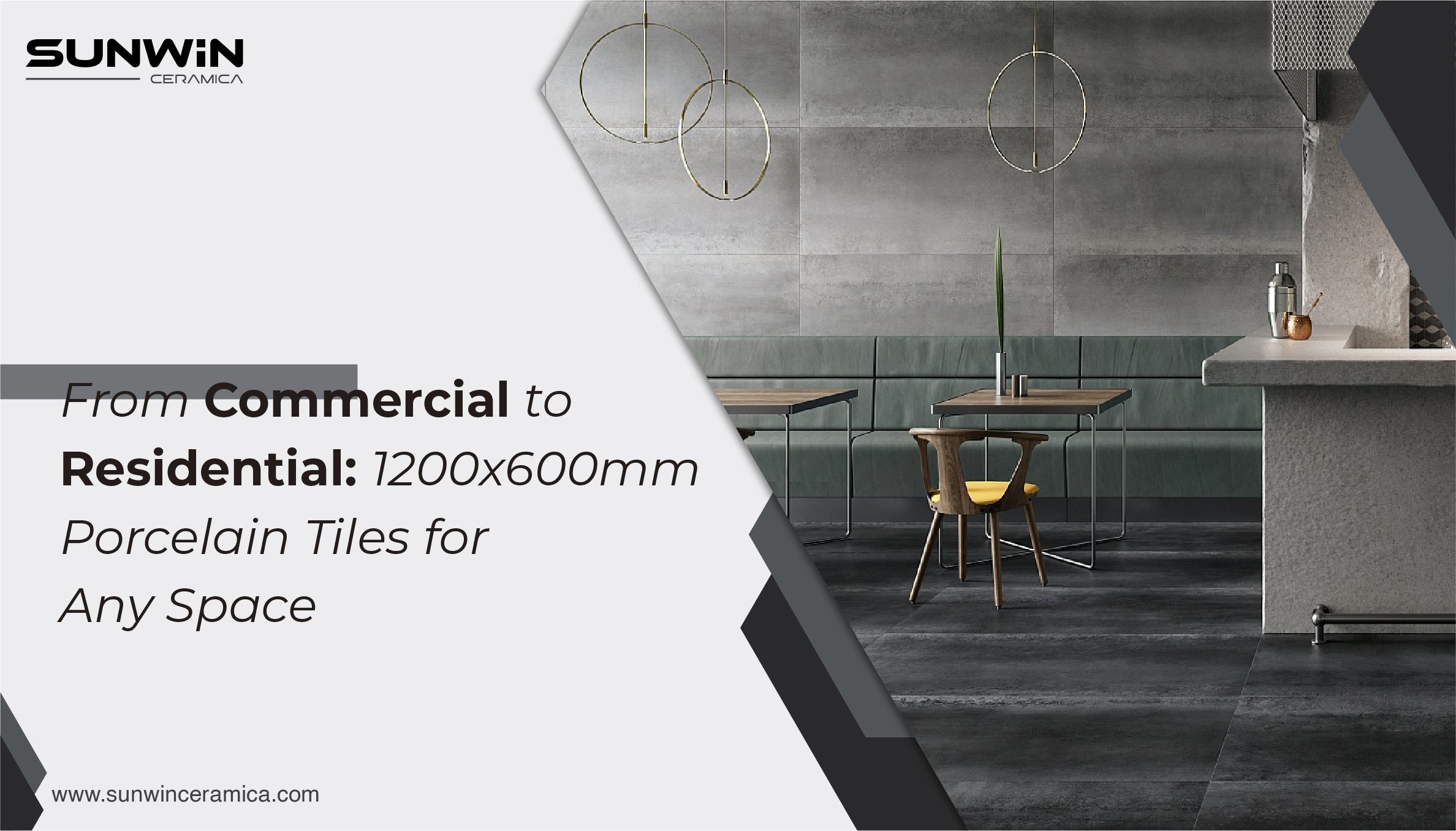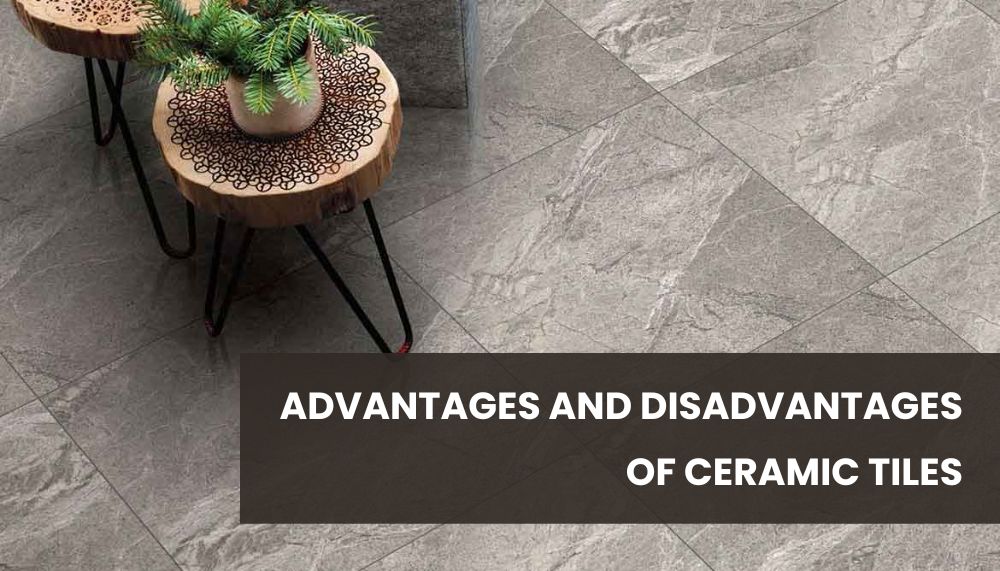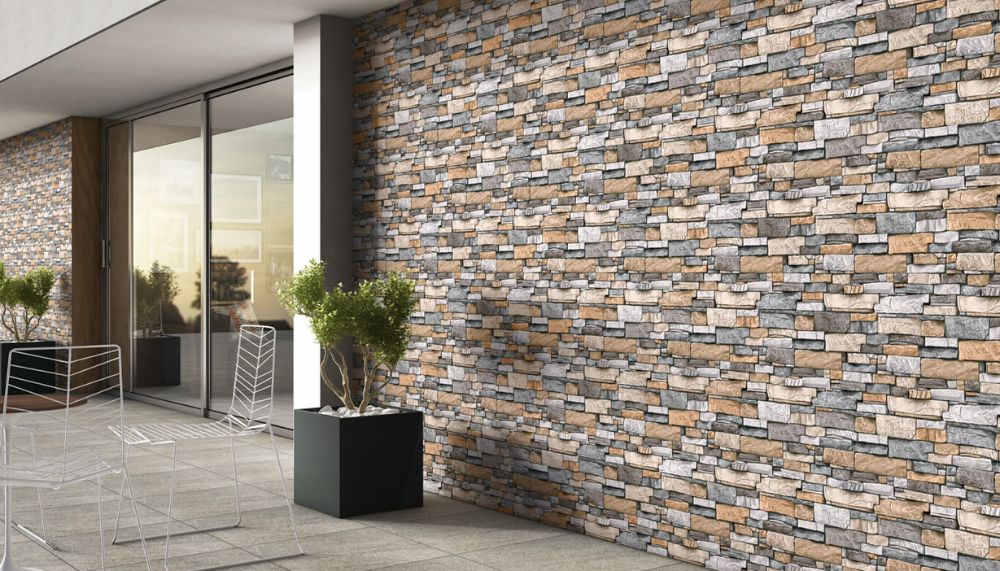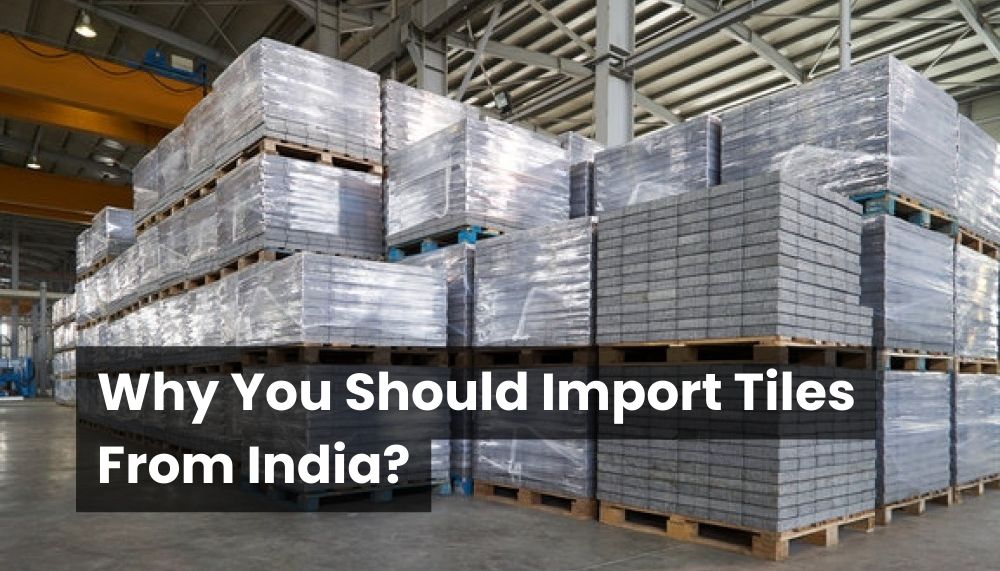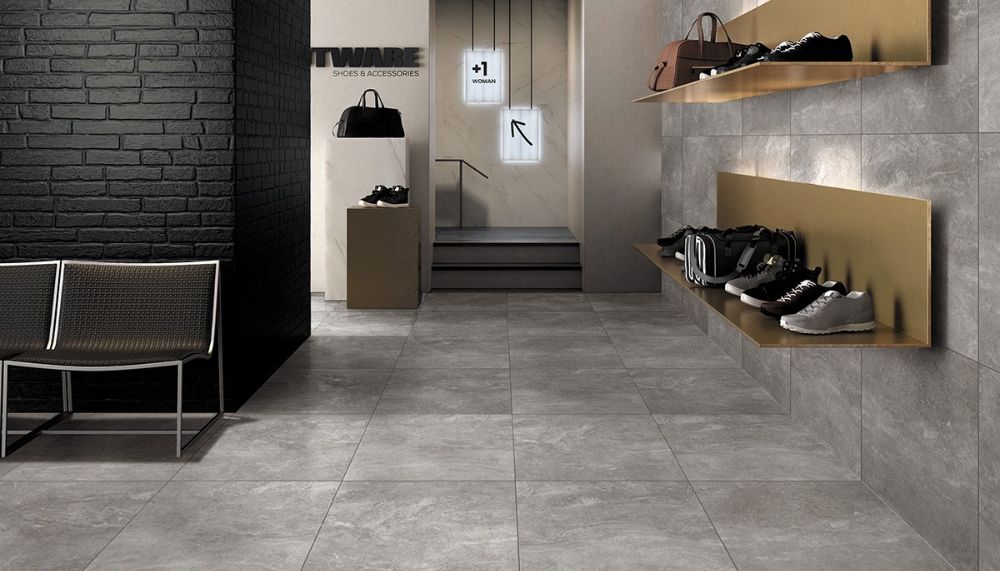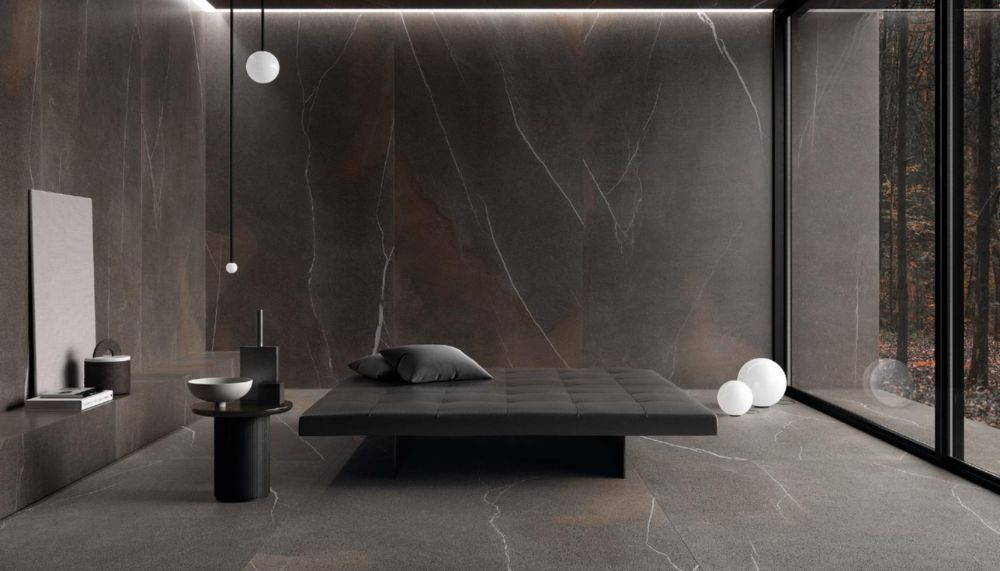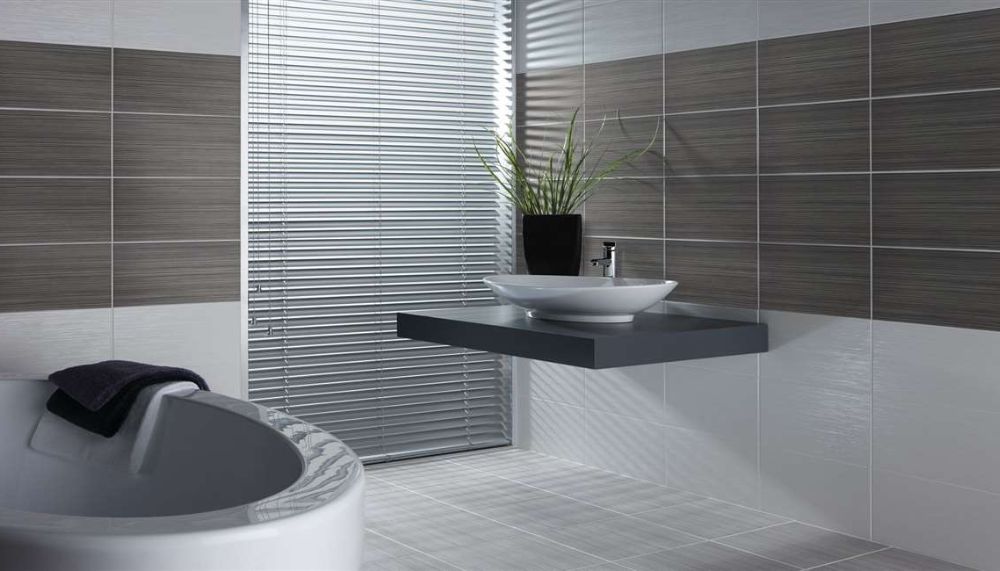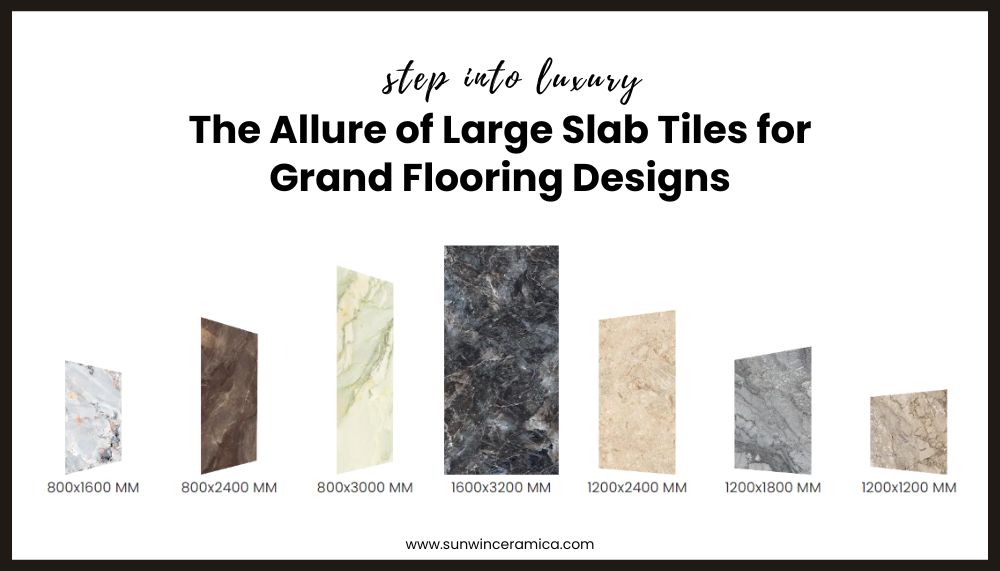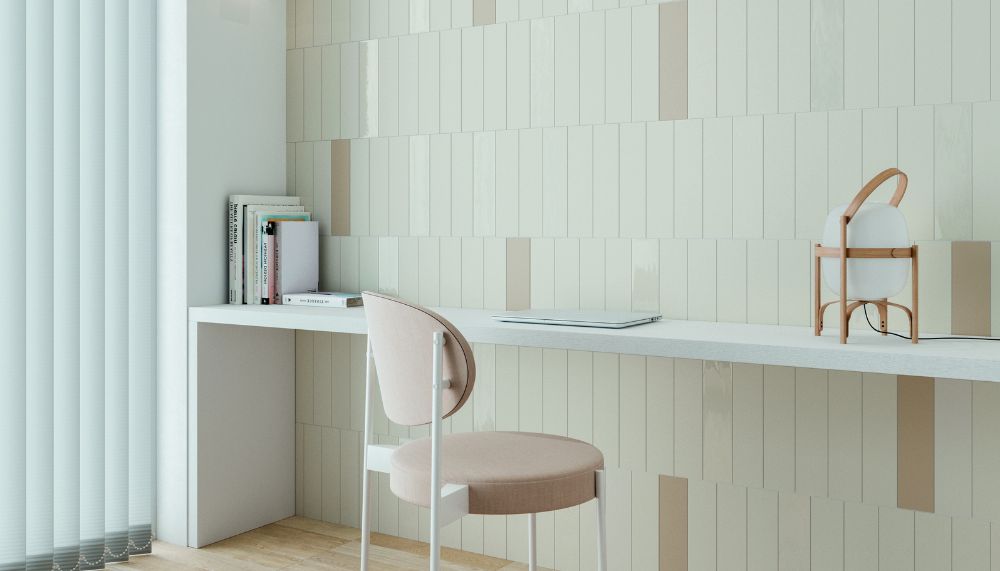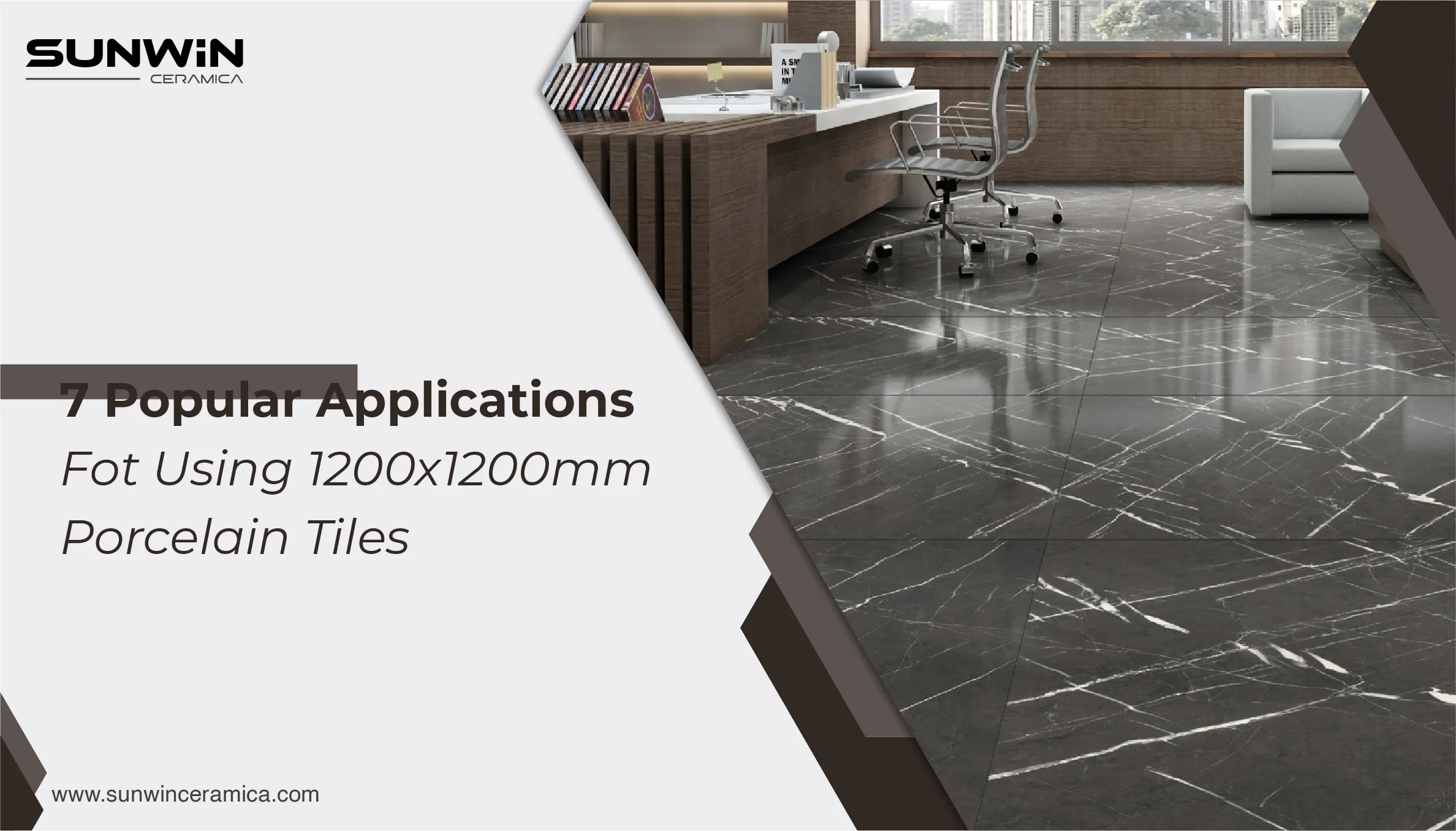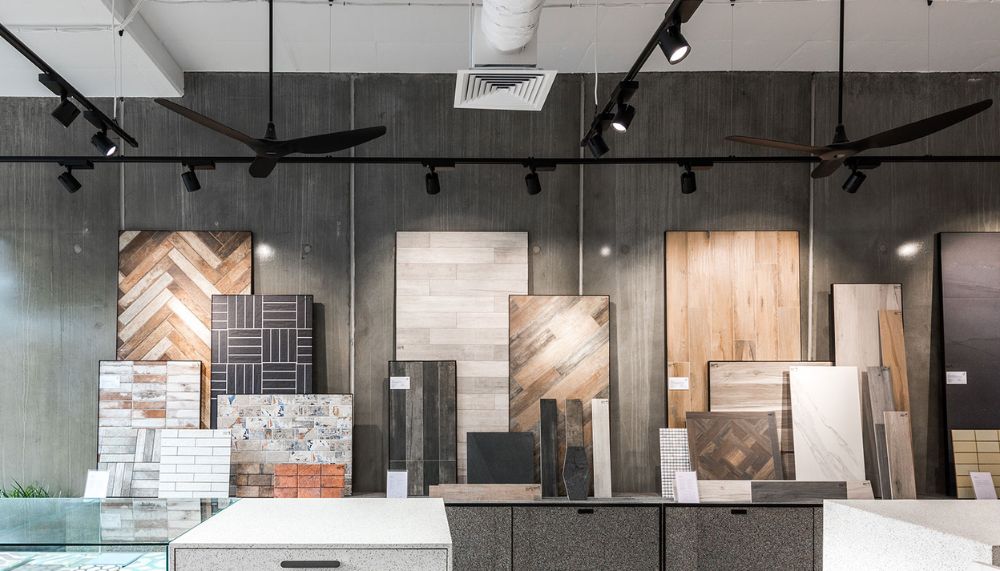
Whether you are building a home or renovating your office space, tiles are the first thing that comes to your mind. You might know several things about tiles, but do you know the number of misconceptions present in the market regarding tiles?
Believe us, it's more than the types of tiles available in the entire industry. Here are some of the most common and frequently spread misconceptions about tiles.
25 Most Common Misconceptions About Tiles
1. All Tiles Are Waterproof
Not all tiles are water-resistant. While porcelain and glazed ceramic tiles face up to water, natural stone and unglazed tiles are porous and might soak up moisture, main to harm. Sealing those tiles is necessary to save water penetration, making them appropriate for moist regions like lavatories and kitchens.
2. Tiles Are Only for Floors
Tiles aren’t just for floors. They work well for walls, backsplashes, countertops, and even ceilings. Their durability, versatility, and aesthetic appeal make them a popular choice for various applications, enhancing the beauty and functionality of spaces beyond just flooring installations.
3. All Tiles Are Slippery
Not all tiles are slippery. Textured, matte and anti-skid tiles provide better grip, reducing the risk of slips and falls. These options are ideal for wet or high-traffic areas like bathrooms, kitchens, and outdoor spaces, offering both safety and aesthetic appeal.
Read: Essential Tips for Selecting Anti-Slip Outdoor Tiles
4. Large Tiles Make Small Spaces Look Smaller
Large tiles create fewer grout lines, resulting in a seamless and continuous appearance. This trick can actually make small spaces feel more open and less cluttered. The key is choosing the right colour and layout to enhance the illusion of space.
Read: 9 Ways to Make a Room Look Bigger with Tiles
5. Tiles Are Fragile
Tiles are strong and durable when properly installed. Porcelain, ceramic, and stone tiles can withstand heavy foot traffic, making them suitable for residential and commercial use. Damage typically occurs from improper installation, weak subflooring, or using low-quality tiles.
6. Tiles Are Too Cold for Homes
Tiles can feel cold, but they adapt to room temperature over time. Paired with radiant floor heating systems, tiles offer a comfortable, warm surface that’s perfect for any home. Their ability to maintain a consistent temperature makes them ideal for different climates.
7. Dark Tiles Make Rooms Look Small
Dark tiles don’t necessarily make a room feel smaller. When combined with good lighting and contrasting lighter shades, dark tiles can add depth, sophistication, and character to spaces, creating a dramatic and luxurious effect without compromising openness.
8. Tiles Are Bad for the Environment
Eco-friendly tile options, such as those made from recycled materials or sustainable manufacturing processes, significantly reduce environmental impact. Choosing tiles with green certifications ensures your spaces are stylish while respecting the environment. Tiles also have long lifespans, minimizing waste over time.
Read: Sustainable Living Made Easy with Porcelain Tiles: Discover Their Benefits
9. All Grouts Are the Same
Grouts differ in composition, colour, and performance. Cement-based grouts are affordable but need regular sealing, while epoxy grouts are stain-resistant, durable, and ideal for wet areas. Choosing the right grout ensures longevity and enhances the overall aesthetic of tiled surfaces.
10. Tiles Are Not Easy to Clean
Tiles are easy to clean with the right products and techniques. Regular sweeping and mopping prevent dirt buildup, while grout cleaners maintain pristine lines. Glazed and polished tiles resist stains, making them ideal for homes with children and pets.
Read: The Ultimate Guide to Porcelain Tile Cleaning and Maintenance
11. Tiles Fade Over Time
High-quality tiles retain their colour and pattern for decades. UV-resistant tiles resist fading even in direct sunlight. Regular cleaning and avoiding harsh chemicals further ensure the tiles’ vibrant appearance over time, keeping them looking as good as new.
12. Tiles Are Expensive
This is not 100% true. Tiles come in a wide price range, from budget-friendly options to premium varieties. This versatility ensures there’s a tile choice for every budget without compromising aesthetics or durability.
13. Tiles Are Outdated
Tiles are timeless. Modern advancements offer endless designs, patterns, and finishes to suit contemporary, classic, or eclectic interiors. From bold geometric patterns to natural stone looks, tiles can complement any style, ensuring they never go out of trend.
14. Tiles Don’t Crack
Tiles can crack due to improper installation, substandard materials, or an uneven subfloor. Heavy impacts or sudden temperature changes can also cause damage. Choosing high-quality tiles and professional installation reduces the risk and ensures longevity.
15. Tiles Can’t Mimic Natural Materials
Advances in tile manufacturing allow tiles to replicate natural materials like wood, marble, and stone with stunning realism. These tiles are more durable and low-maintenance than their natural counterparts, offering the best of both worlds beauty and practicality.
Read: Porcelain Tiles vs. Natural Stone: Which Is Better?
16. Grout Never Needs Replacing
Grout wears out over time due to moisture, dirt, and daily wear. Replacing or refreshing grout restores the appearance and functionality of tiled surfaces, ensuring they remain aesthetically pleasing and durable for years.
17. Tiles Aren’t for Outdoor Use
These tiles are designed specifically for outdoor use. Frost-resistant porcelain and textured stone tiles withstand harsh weather conditions and provide durability and safety, making them ideal for patios, walkways, and poolside areas.
Read: Exploring the Versatile Uses of Outdoor Porcelain Tiles
18. Tiles Cause Allergies
Tiles are hypoallergenic and do not harbour allergens like dust, pollen, or pet dander. Their smooth surface is easy to clean, making them an excellent flooring option for individuals with allergies or respiratory issues.
19. All Tiles Are Made Equal
Tiles vary significantly in quality, material, and design. Factors like water absorption rates, durability, and finish determine where they can be used effectively. Choosing the right tile ensures long-lasting performance and aesthetic satisfaction.
20. Tiles Can’t Be Repaired
Damaged tiles can be replaced individually, making repairs convenient and cost-effective. Matching the replacement tile with the original design ensures seamless restoration without the need for complete reinstallation of the entire surface.
Read: How To Repair a Cracked Tile Without Replacing (DIY Guide)
21. Tiles Don’t Work with Underfloor Heating
Tiles are excellent conductors of heat, making them perfect for underfloor heating systems. They distribute warmth evenly, enhancing comfort during colder months. This combination offers both energy efficiency and a cosy flooring solution.
22. Tiles Stain Easily
Glazed and polished tiles are highly resistant to stains. Proper sealing of grout lines further protects against dirt and liquid penetration. With regular cleaning and maintenance, tiles retain their pristine appearance for years.
Read: How to Remove Hard Water Stains From Tiles & Prevention
23. Tiles Aren’t Comfortable for Bare Feet
Textured tiles provide a comfortable surface underfoot. Radiant heating systems further enhance comfort, offering warm tiles even in colder climates. These solutions make tiled surfaces suitable for both functional and cosy living spaces.
24. Tiles Are Too Heavy for Walls
Lightweight wall tiles and proper adhesive techniques make even heavier options, such as stone tiles, suitable for vertical installations. Ensuring correct installation prevents any issues, allowing for stunning and durable tiled walls.
Read: Guide To Choosing The Right Wall Tiles With Latest Trends In Wall Tile
25. Tiles Are Hard to Remove
Removing tiles is manageable with the right tools and expertise. Professionals can remove and replace old tiles without damaging underlying surfaces, ensuring a smooth renovation process. Proper removal techniques save time and costs during upgrades.
Wrap Up
Misconceptions can be fun at first glance, but they can cause confusion in the mind of a buyer and significant loss during a purchase. Understanding facts will help you close a smart deal and transform your space in a better way. If you have any other doubts, connect with our experts.
